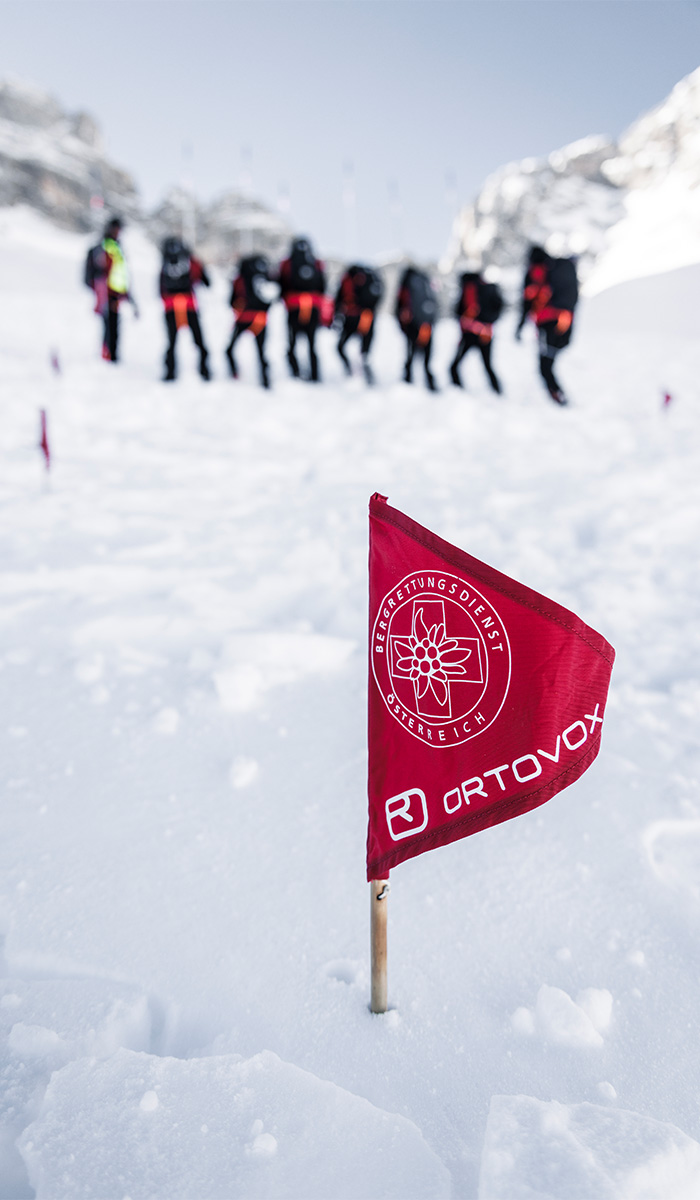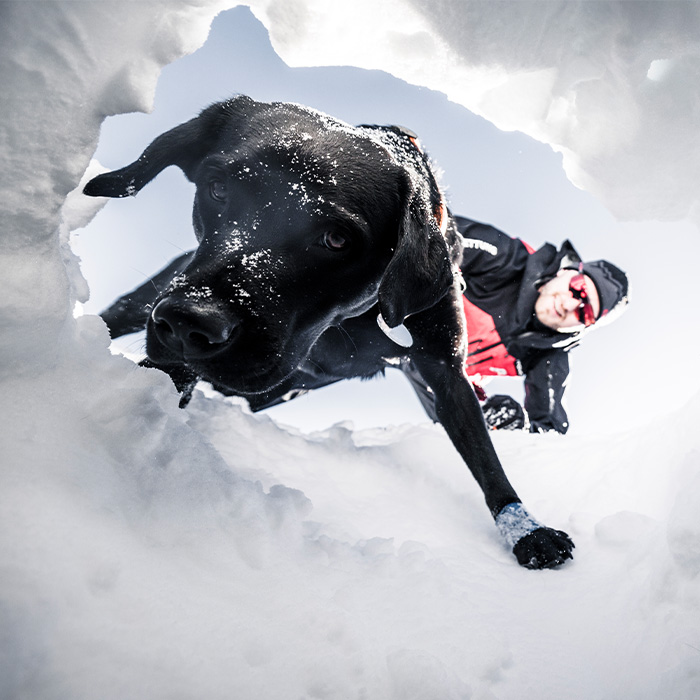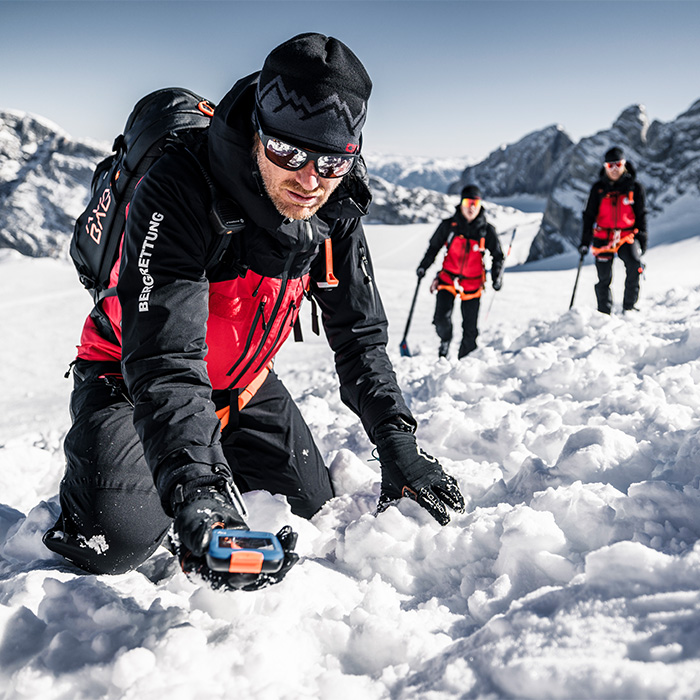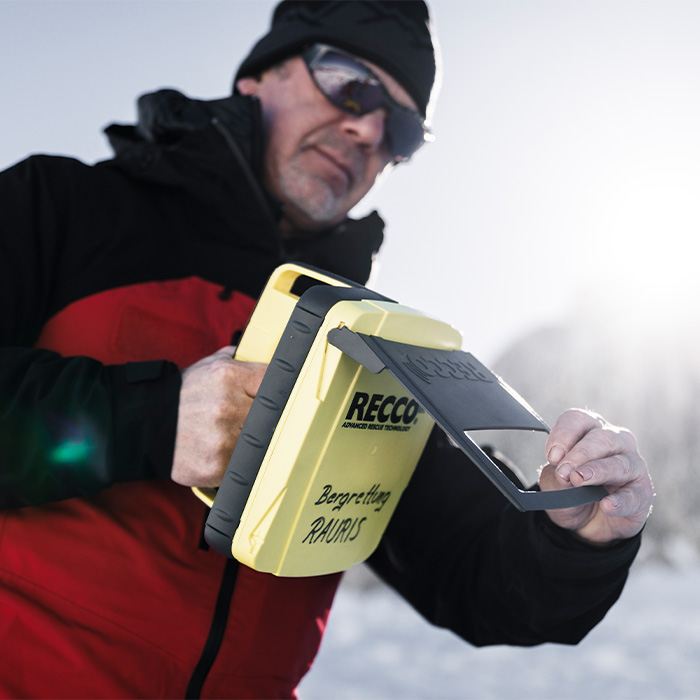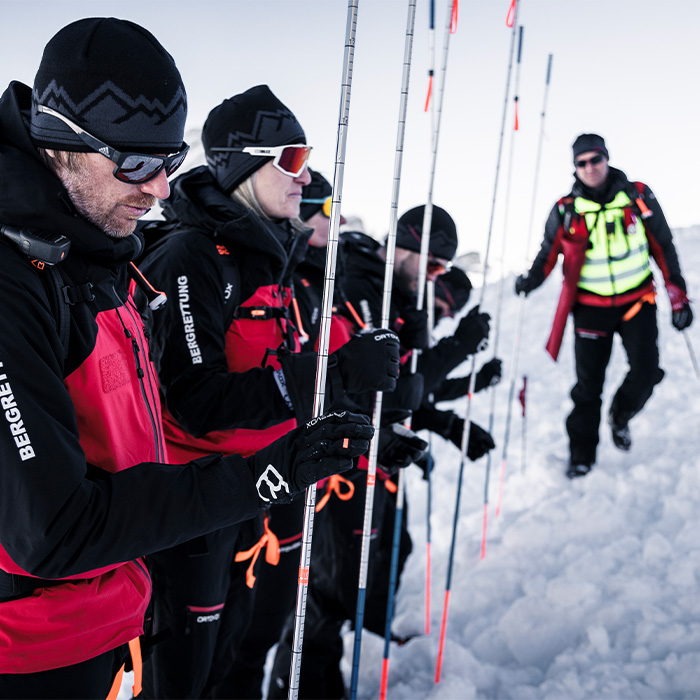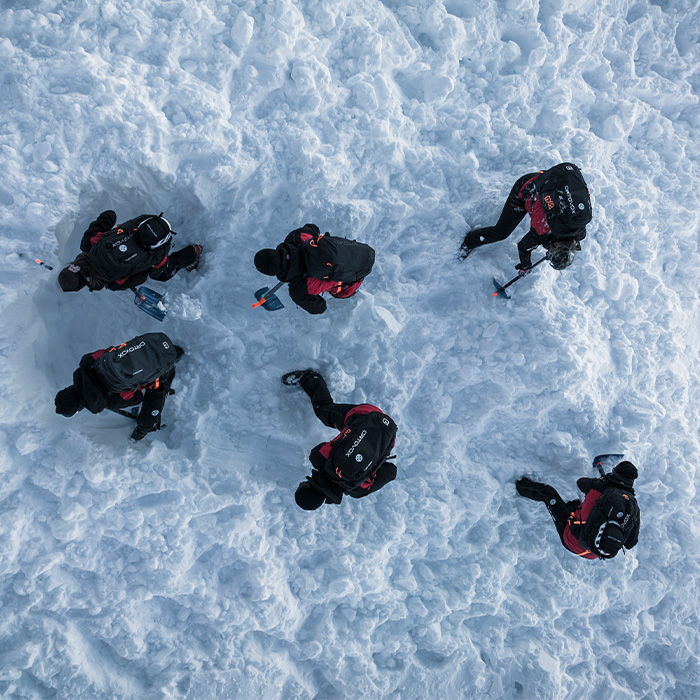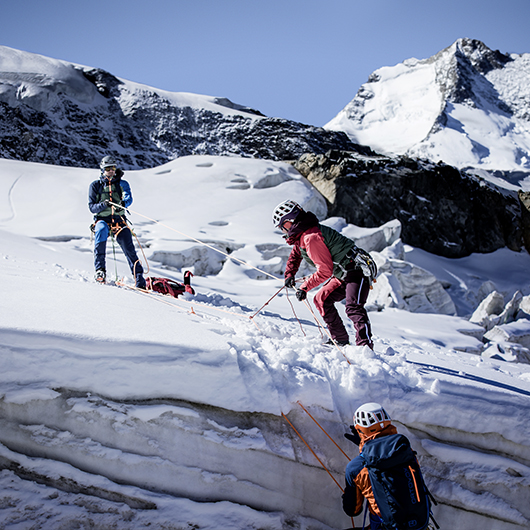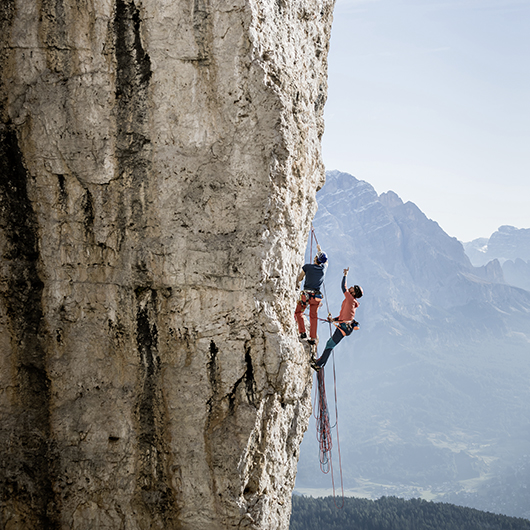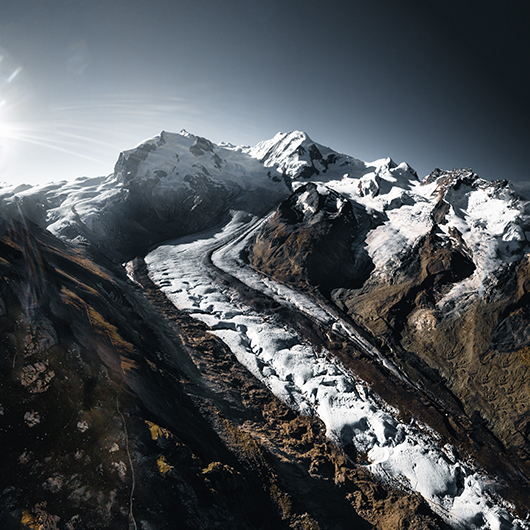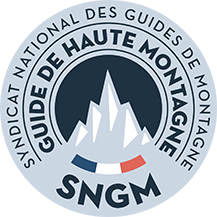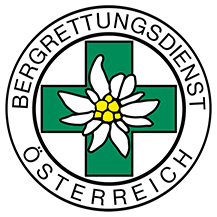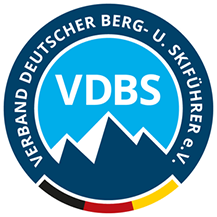PROFESSIONAL MOUNTAIN SEARCH AND RESCUE
With thousands of volunteers, mountain search and rescue (Mountain Rescue) is ready to provide rapid, efficient, 24/7 help in an (avalanche) emergency in the mountains.


THE BASICS OF ORGANIZED MOUNTAIN SEARCH AND RESCUE
ORGANIZATION IS PARAMOUNT
Avalanches are always extremely stressful situations for everyone involved. Good organization is essential so that everyone is able to act correctly and contribute together to saving lives. As soon as the organized mountain search and rescue is on site, the head of operations will coordinate the rescue effort, assign roles and instruct the helpers. The more training and education the helpers have, the more smoothly and efficiently the rescue will run.
ORGANIZED RESCUE SEARCH METHODS AND RESCUE OPERATIONS
Rescue will be particularly difficult if burial victims do not have avalanche transceivers or if the devices are not transmitting because they are switched off. Therefore, organized search and rescue generally employ different search methods simultaneously. In addition to an avalanche transceiver search, professional mountain rescue teams also use RECCO detectors, slalom probing and avalanche search and rescue dogs to locate burial victims.

